Motus Wildlife Tracking System
Motus wildlife tracking system. Spearheaded by Bird Studies Canada BSC Motus facilitates landscape-scale research and education on. Motus Wildlife Tracking System Long Point Bird Observatory. Click the photo see the full sized image.
This reduces human limitations since the receivers can operate 24. These stations comprise the physical ground-based infrastructure of the Motus Wildlife Tracking System. Crewe 23 Stuart A.
519-586-3531 X 162 Facsimile586-3532 Mobile820-6040. The system uses coded VHF radio tags which enable us to identify and track individual animals. WorkCabin Creative filmmaker Gregg McLachlan because of his unique connection to the conservation field was the videographer hired to film scenes at the Lo.
Motus collaborators contribute information and data from their projects to a centralized database housed at Birds Canadas National Data Centre. Established in 2013 by Birds Canada the Motus Wildlife Tracking System combines highly miniaturized transmitters some weighing as little as 1200th of. Unread Identifying and fixing noisy antennas to reduce data charges.
The Motus Wildlife Tracking System enables researchers to track movements of birds bats and other flying animals over vast distances and with incredible d. Bird Studies Canada Long Point Bird Observatory. Taylor 12 Tara L.
Motus Wildlife Tracking System. Identifying and fixing noisy antennas to reduce data charges. Richmond school monitors bird migration with new tracking system - Richmond News.
The below infographics can be used to visually summarize the Motus project and some of its key results. Motus Wildlife Tracking System project is coordinated by Birds Canada and now includes hundreds of collaborating institutions agencies and independent researchersWith small Motus towers in place from Nunavut Canada to Chile more than 22000 animals representing more than 200 species including songbirds raptors seabirds bats monarch butterflies and migratory dragonflies have been.
Identifying and fixing noisy antennas to reduce data charges.
Spearheaded by Bird Studies Canada BSC Motus facilitates landscape-scale research and education on. When tracking wildlife with automated radio telemetry over vast distances the challenge of deploying enough receivers to get. Researchers fit small lightweight radio-transmitters on animals such as birds bats and large insects and their signal is detected by. Mackenzie 2 Denis Lepage 2 Yves Aubry 4 Zoe Crysler 12 George Finney 2 Charles M. There are various online tools to summarize explore and access these data. Project Receiver and Tag Exploration. Data from across the network is then provided to researchers and a condensed version shared with the public. Location deployment dates height antenna bearing and tags eg. A station consists of several parts.
These stations comprise the physical ground-based infrastructure of the Motus Wildlife Tracking System. Motus in the News. Species location and date deployed. Bird Studies Canada Long Point Bird Observatory. Established in 2013 by Birds Canada the Motus Wildlife Tracking System combines highly miniaturized transmitters some weighing as little as 1200th of. This reduces human limitations since the receivers can operate 24. Taylor 12 Tara L.













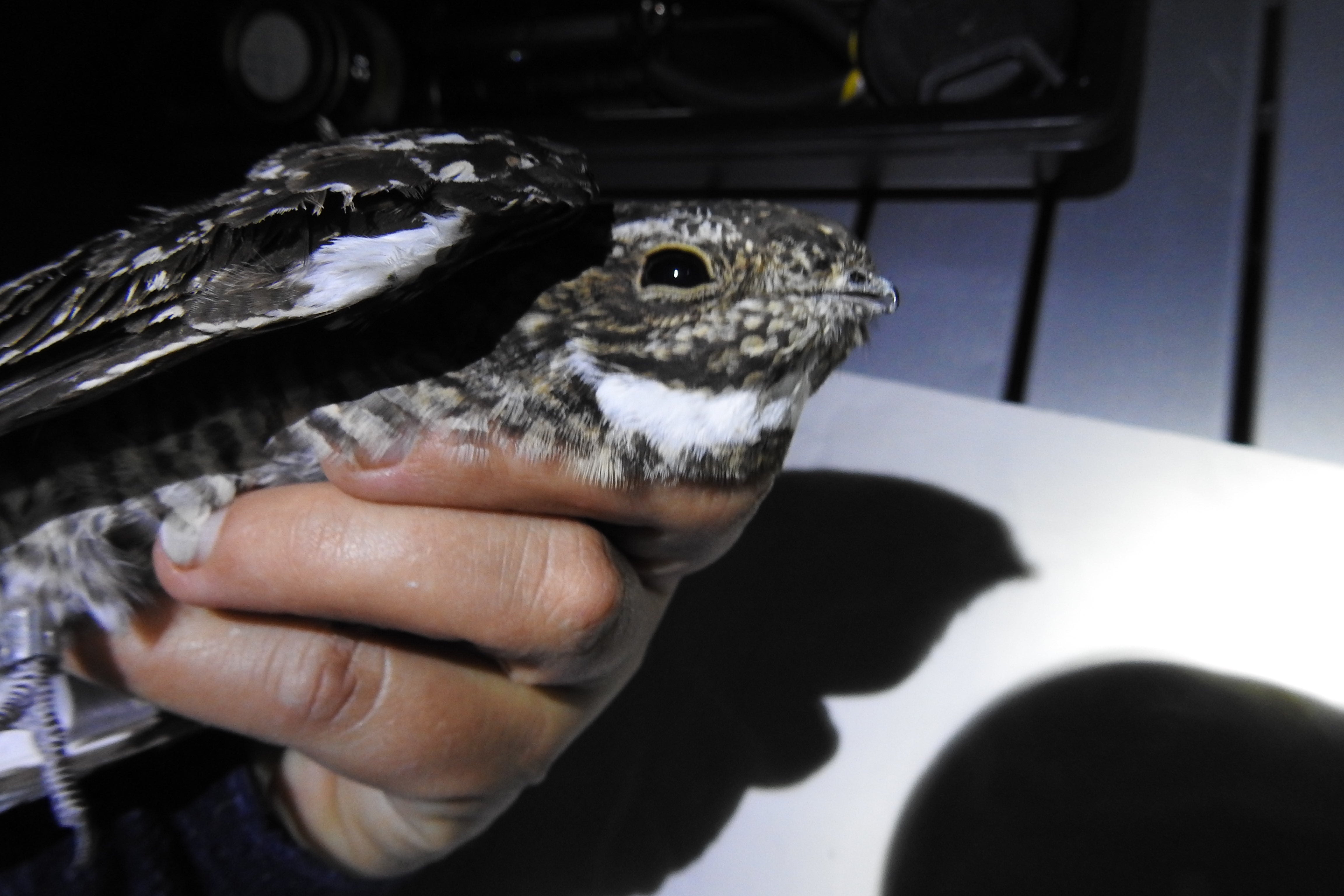


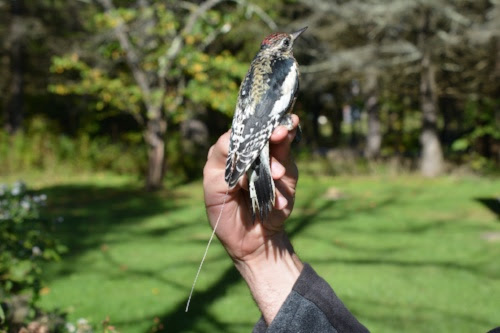


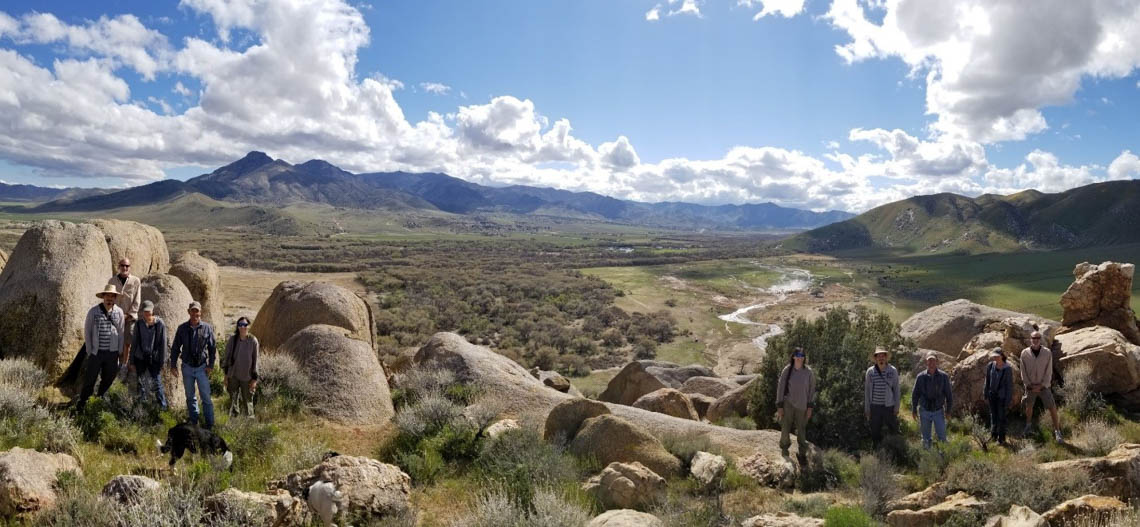

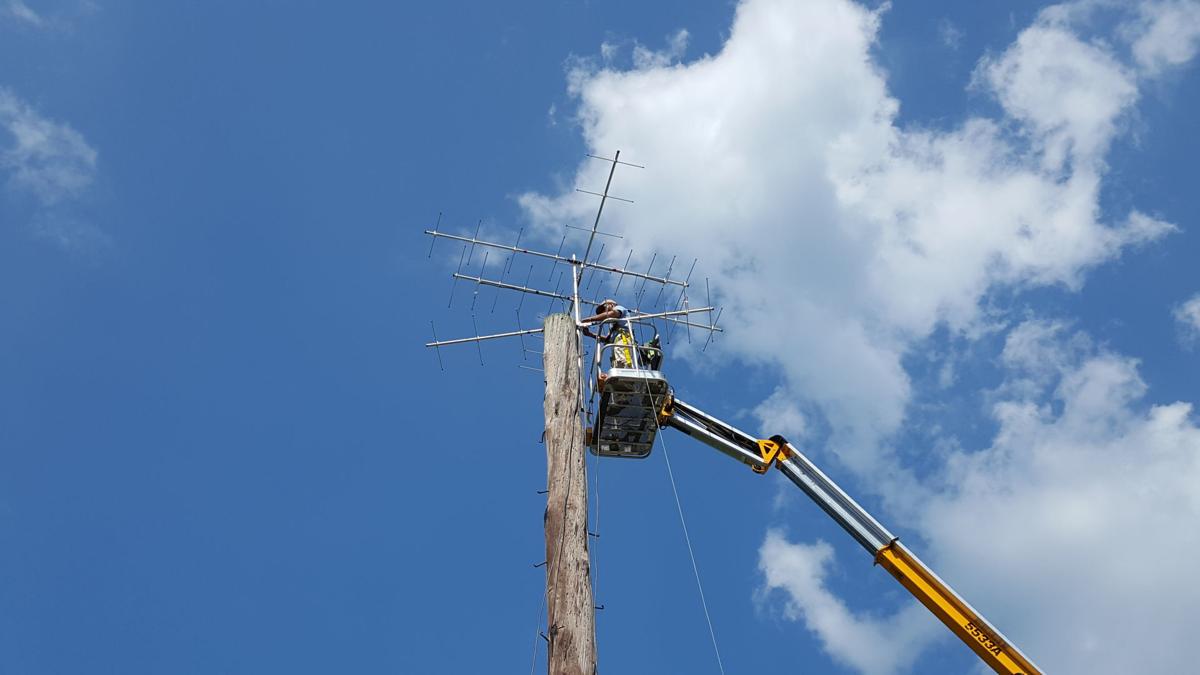






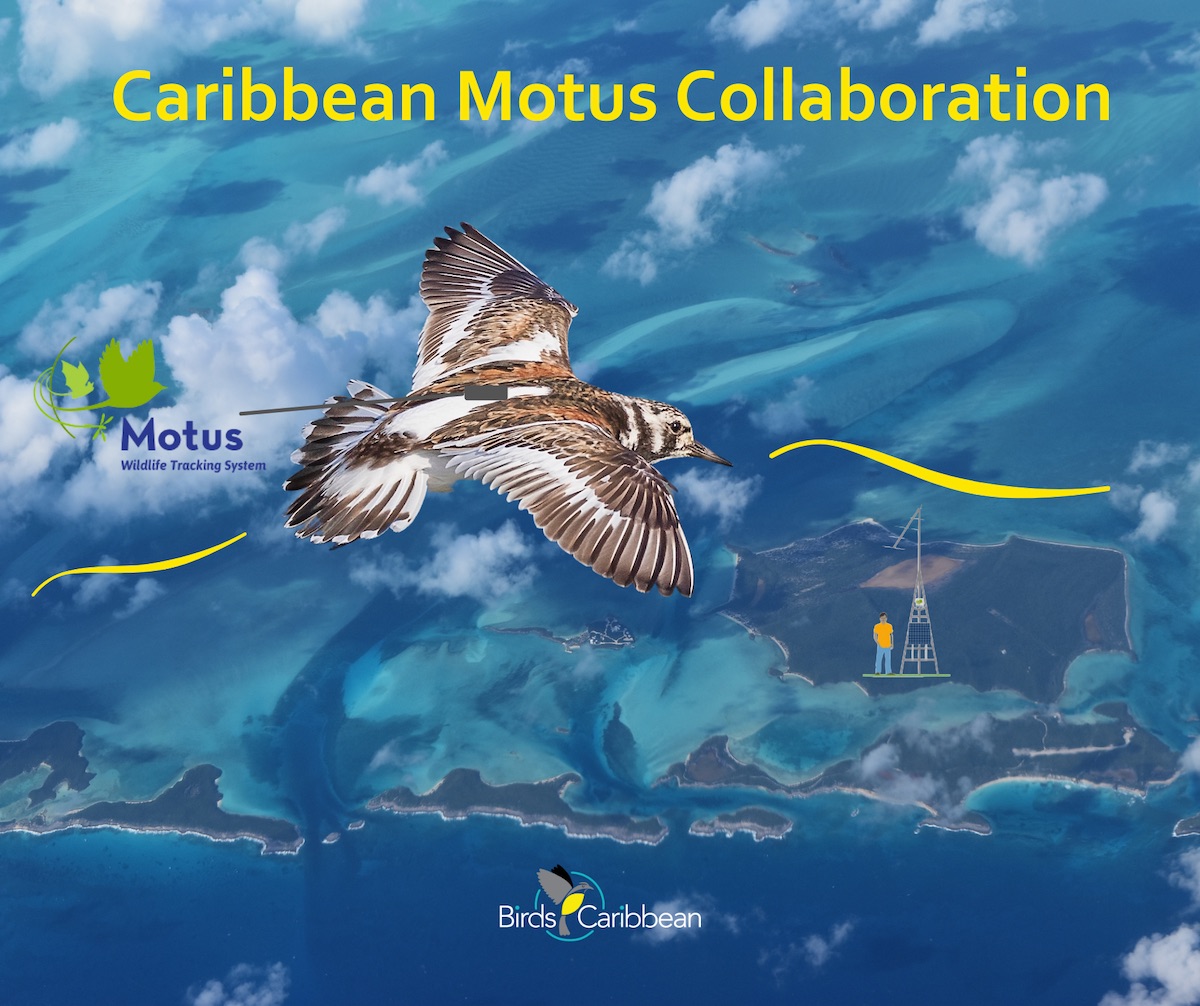

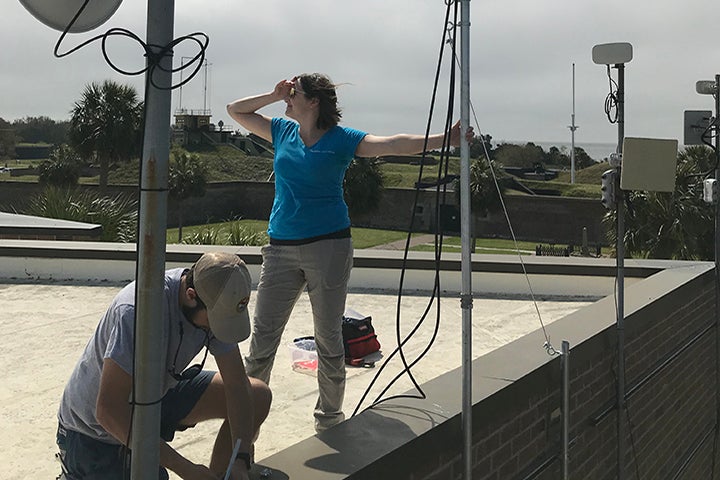
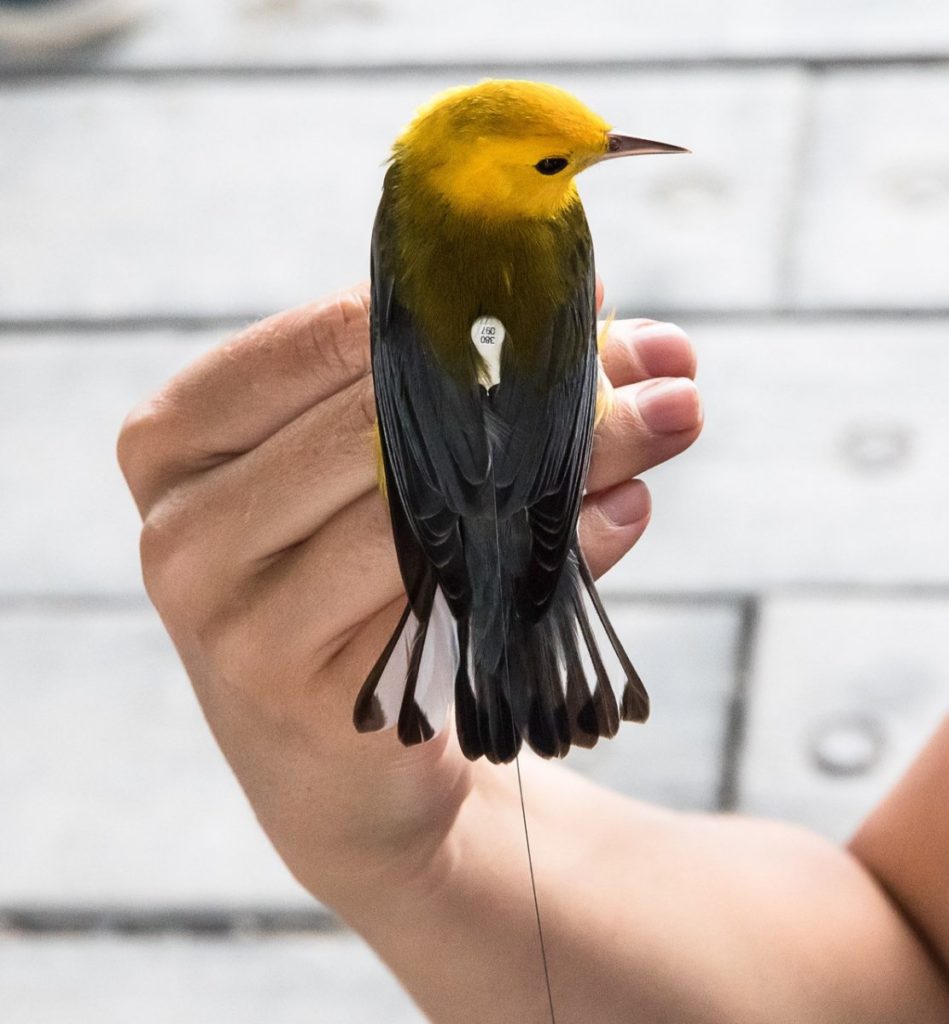

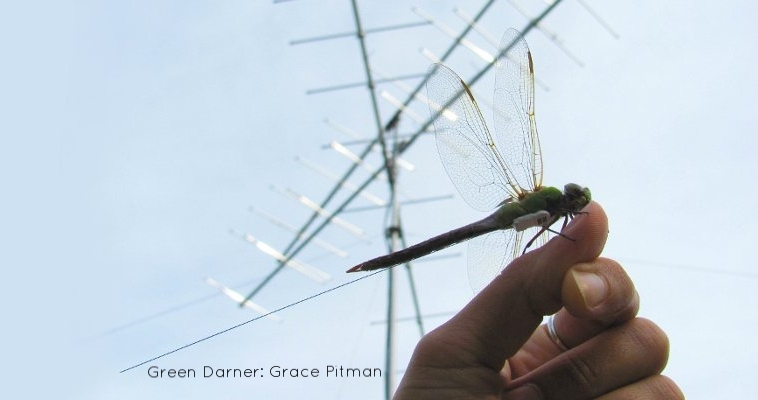


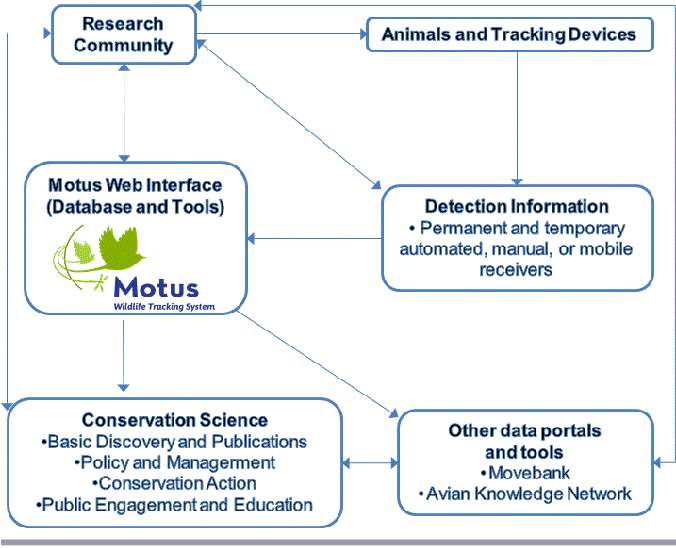
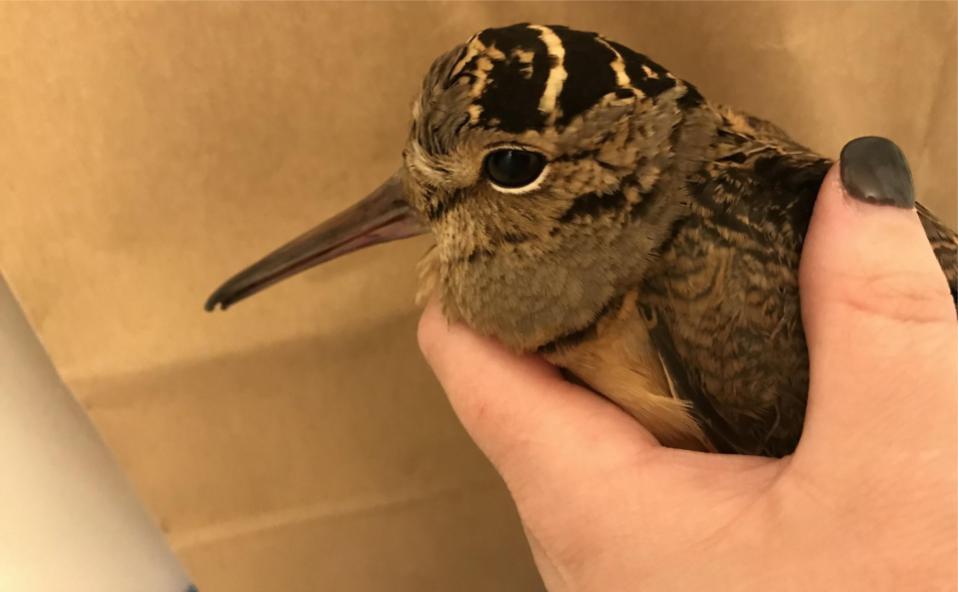

Post a Comment for "Motus Wildlife Tracking System"